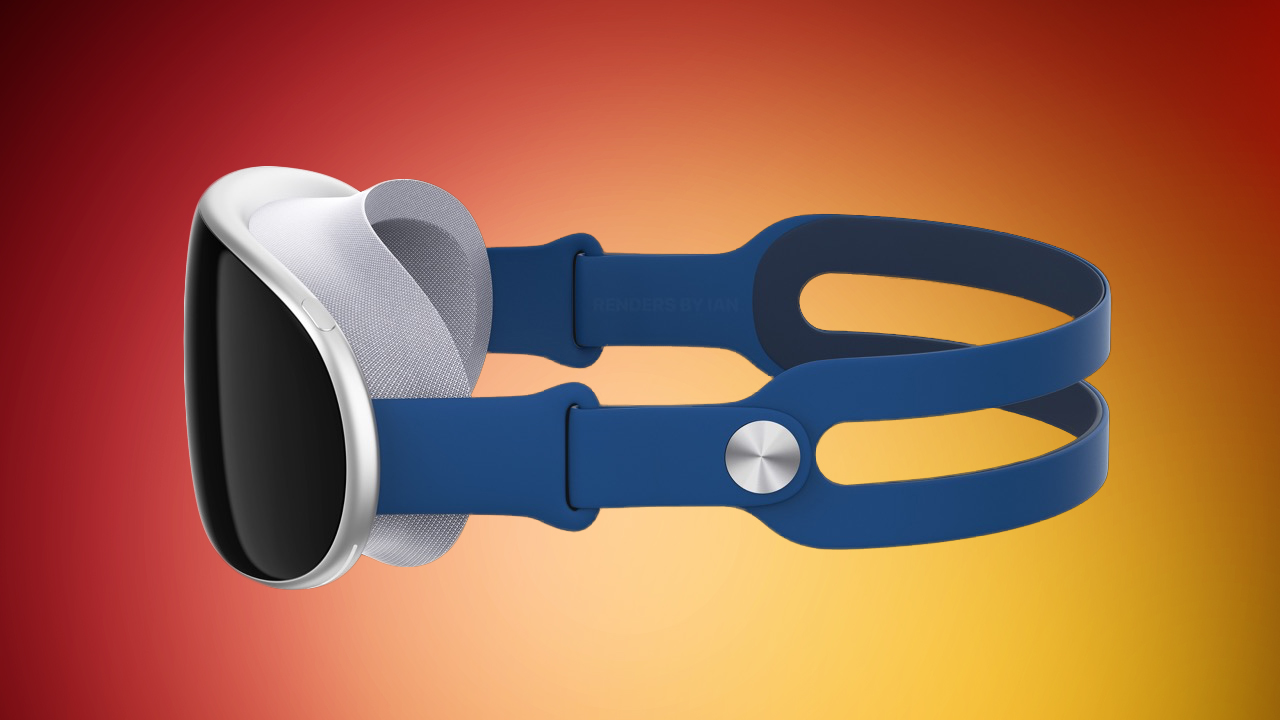

Apple's AR/VR Headset Display Specs: 5000+ Nits Brightness for HDR, 1.41-Inch Di...
source link: https://forums.macrumors.com/threads/apples-ar-vr-headset-display-specs-5000-nits-brightness-for-hdr-1-41-inch-diagonal-display-and-more.2390915/
Go to the source link to view the article. You can view the picture content, updated content and better typesetting reading experience. If the link is broken, please click the button below to view the snapshot at that time.

Apple's AR/VR Headset Display Specs: 5000+ Nits Brightness for HDR, 1.41-Inch Diagonal Display and More

With ~5000 nits brightness or more, the AR/VR headset from Apple would support HDR or high dynamic range content, which is not typical for current VR headsets on the market. The Meta Quest 2, for example, maxes out around 100 nits of brightness and it does not offer HDR, and the HoloLens 2 offers 500 nits brightness. Sony's PSVR 2 headset has around 265 nits of brightness, and it does have an advertised HDR feature when connected to an HDR display. According to Young, the 5000 nits likely refers to peak brightness, which means that it won't blind users, but will instead provide superior contrast, brighter colors, and better highlights than other headsets that are available today. For SDR displays, peak brightness is often a reference to how well a display will perform in rooms with bright lighting as it is akin to maximum brightness, but for HDR displays, it's a metric of how well a display depicts color and contrast.
High-end TVs offer somewhere around 2,000 to 5,000 nits, for comparison. Samsung, for example, has a 98-inch TV that is able to reach 5,000 nits, along with Neo QLED TVs that offer 4,000 nits peak brightness. Samsung advertises these TVs as having "stunning, accurate color detail and an extraordinary range of contrast, creating a beyond-life-like experience."
Meta CEO Mark Zuckerberg in 2022 showed off a "Starbursts" VR headset prototype able to hit 20,000 nits of brightness, but it was enormous, not wearable on the head, and not technology that Meta is able to implement as of yet.
If Apple hits that 5000+ nits brightness target, its headset will offer a display experience that competitors are unable to match, and it will also set the stage for future AR glasses. Augmented reality glasses need high brightness to mitigate the light from the sun and other light sources. At lower brightness levels, the AR content that overlays the real world view can be washed out.
Magic Leap 2, one of the more well-known augmented reality headsets, features brightness ranging from 20 nits to 2000 nits.
The 8K resolution offered by Apple's AR/VR headset will be superior to headsets from Meta and other companies, including Meta's highest-end Quest Pro 2. The Quest Pro 2 has a resolution of 1800 x 1920 pixels per eye and around 1200 pixels per inch as Meta is using LCD display technology.
The high-end displays that Apple has created for the AR/VR headset are rumored to be the most expensive component and a major contributor to the expected ~$3,000 price. At $3,000, Apple's AR/VR headset will be one of the more expensive virtual reality headsets on the market, though it will be competitive in price with AR-based products like the Magic Leap 2 and the HoloLens 2.
More information on what to expect from Apple's AR/VR headset can be found in our dedicated roundup.
Article Link: Apple's AR/VR Headset Display Specs: 5000+ Nits Brightness for HDR, 1.41-Inch Diagonal Display and More
Recommend
-
 5
5
New issue Spellcheck and Markdown nits #6899
-
 15
15
Trying to get past the 500 nits limit of the MacBook Pro (and failing) Investigating why the new MacBook Pro XDR display is capped at 500 nits, despite being advertised as '1000 nits sustained'...
-
 6
6
Apple explains MacBook Pro and Pro Display XDR ‘limited brightness’ warning Friday, February 4, 2022 3:33 pmFriday, February 4, 2022
-
 12
12
...
-
 7
7
Retina (Searing) Display — App lets you crank the new MacBook Pro’s brightness to over 1,000 nits It has a few caveats, but it works as advertised.
-
 4
4
Meta shows off VR headset prototypes that push resolution, brightness, size and focus to the limit Meta continues to develop the hardware...
-
 6
6
Samsung Display’s new QD-OLED TV panels can hit 2,000 nits of peak brightness / 2,000 nits is around double what was offered by last year’s brightest OLED TVs, but only slightly higher than what LG’s competing sets ma...
-
 7
7
Samsung QD-OLED TVs to reach up to 2,000 nits of peak brightness in 2023
-
 8
8
Apple Headset Resolution Revealed By Supply Chain Analyst Skip to content...
-
 2
2
Apple's mixed reality headset will reportedly have some insane brightness levels...
About Joyk
Aggregate valuable and interesting links.
Joyk means Joy of geeK